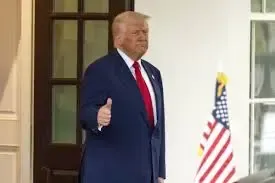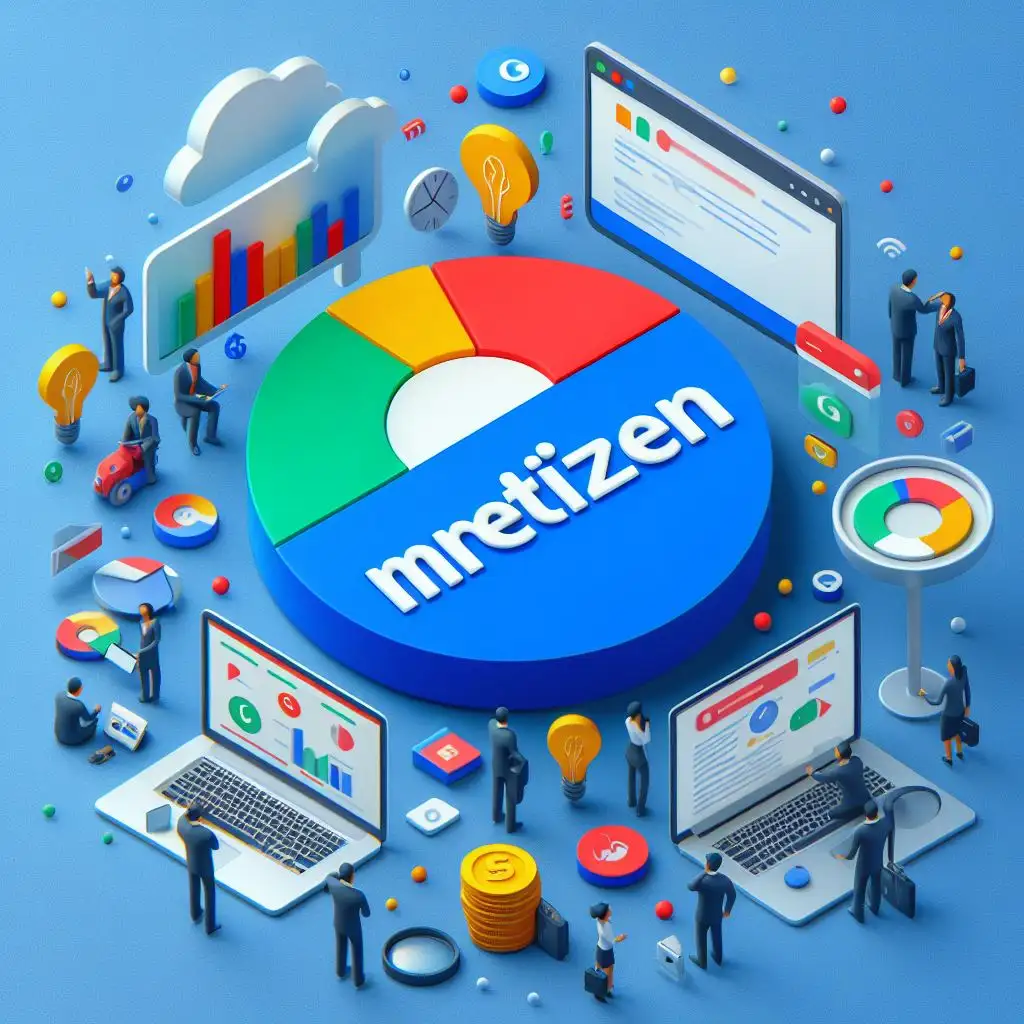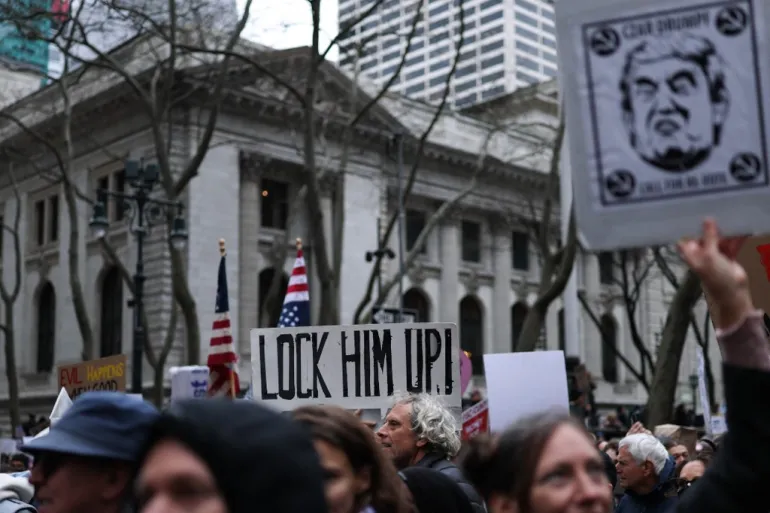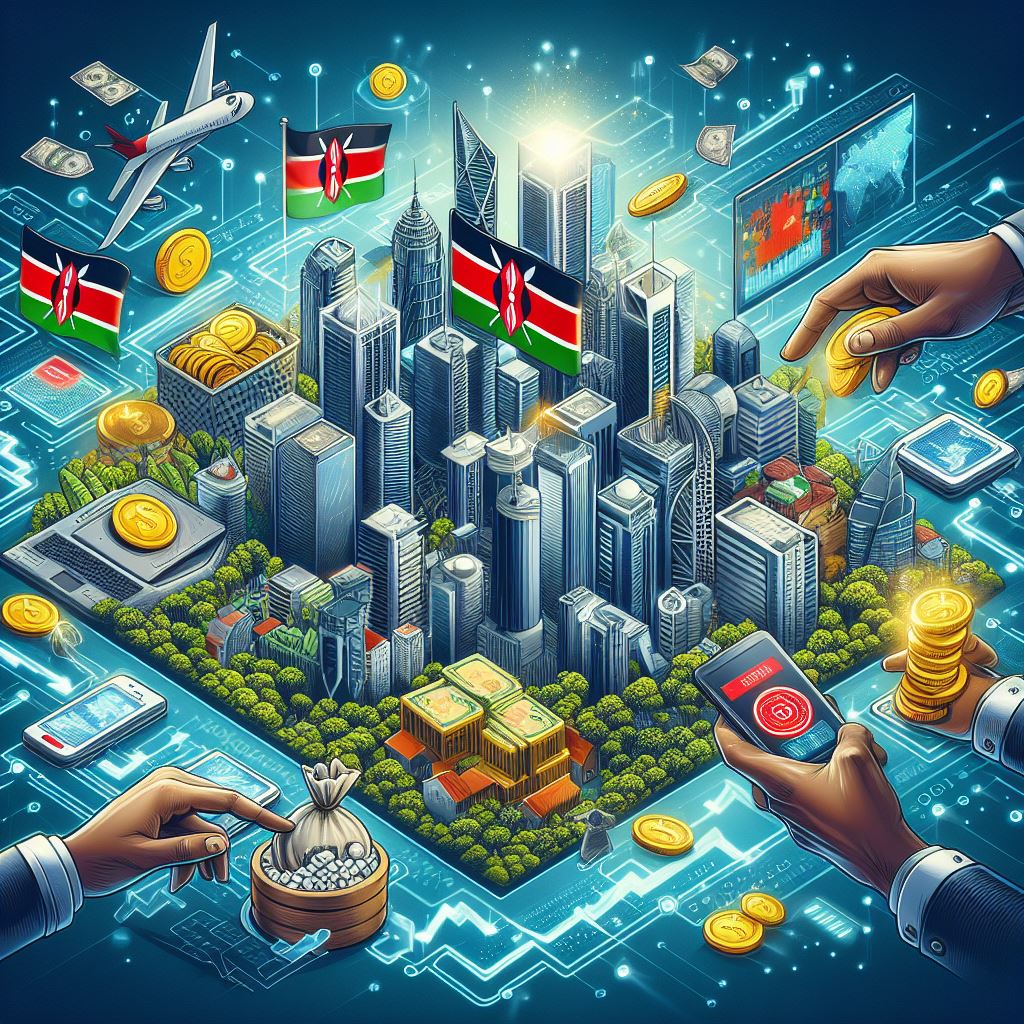Monetary policy is a central tool of the central banks to control different aspects of economy. To this ends they manipulate interest rates, the amount of money in circulation and the reserves in order to affect inflation, employment, investment among other factors as well as exchange rates. ...
The Role of Central Banks and Monetary Policy in the Economy
Introduction
Modern integrated global economy has placed central banks in a position of such decision-making power and importance to the provision of financial stability, the growth of economies, and sound money. Central bank is an independent non-profit organization entrusted with the task of monetary control and implementing policies relating to money supply, commercial banks and affecting inflation rates employment levels and exchange rates. Unlike the commercial banks whose major function is to make profits, their primary function is to ensure sound monetary environment for growth is preserved. Some among them are; The Federal Reserve of United States Also known as the Fed, The European Central Bank of Eurozone Also known as ECB, The Bank of England Also known as BoE among others. Through its manipulation of interest rates and money and credit availability central banks control nearly every facet of life, from consumption to global trade. Central banks’ roles, instruments used in controlling the monetary policies: an appreciation of these policies on the national and global economy.
Understanding the Role and Purpose of Central Banks
It appears that central banks play one of the significant roles in the regulation of a country’s economy outlined below. Some other duties include taking the following; undertaking the responsibility of providing currencies, being in charge of the national reserves as well as supervising the commercial banks. Core goals of a central bank include on average: low inflation rate, economic stability, minimum unemployment rate and favorable balance of payments.
Perhaps, one of the most objectives of the central banks is to oversee inflation. Inflation is the general tendency or trends in which the prices of products and services within an economy rises and the changes have a very strong bearing on the stability of the economy and the purchasing power parity. Since inadequate level of inflation erodes purchasing power, under-controlled inflation affects the purchasing power of money and strains any economic planning and forecasts. On the other hand, low and quite stable inflation is desirable because it preserves purchasing power, enhances confidence, and permits long-range planning.
Besides, inflation control, a central bank will aim at economic growth and employment in any economy. Through control of interest’s rates, and volumes of money in circulation central banks are capable of toning down economic growth in slow times or amplifying it in fast times. With such measures, the central banks set up a stable environment within which firms are encouraged to embark on investments, provide employment and grow. The other important Central Bank functions include the provision of balance of payments requite during the financial crises by becoming the final lenders to the banking systems. Every now and then, some commercial banks find themselves in positions where liquidity crunch is a big problem or else there is panic in some of the markets, central banks are there to step in and discourage defaults that are likely to push the entire economy to the ground.
Further, central banks are also involved in the manipulation of exchange rates with an aim of enhancing the flow of foreign trade control of inflation being another aim. Exchange rate has to be managed to respond and/ or better still control because fluctuations in currency values affect the prices of imported and exported goods. Manipulation of interest affects exchange rate because central banks control monetary supply of a given currency and hence impacts on accounts balance of trade and international investment. By these indispensable activities, the central banks contribute to the establishment of a stable environment for investment, development, and consolidation of financial stability.
Key Tools of Monetary Policy
Monetary policy it is a management of money supply and interest rate within an economy to achieve set goals by the central bank. They undertake monetary operations for the implementation of its policy through various instruments which are different in their aims and impacts on the economy.
1. Open Market Operations (OMO):
The buying and selling of government securities is one of the important methods of monetary policy called open market operation. In case of purchasing of government securities, the central bank puts cash into the economy which results into increase in supply of money and a healthy incline in the market interest rates. Lower interest rates of course call for businesses to borrow, invest, and expand to enhance economic growth. On the other hand, when a central bank buys government securities, then money is injected into the system, and interest rates drop, and when it sells the securities, the reverse is achieved. This can keep an economy, which is running a high temperature, subdued and reduce inflation through reduction of credit and consumption.
2. Interest Rate Policy:
Interest rate is one of the most powerful instruments available with a central bank to regulate the economy. Some figurative scales which are used by central banks include a standard interest rate akin to the federal funds rate of the USA economy. Reducing the interest charges translates into lower prices of loans, promoting expenditure on goods and services and investment by enterprises. ‘Eco underlying this increase in demand is job creation and growth of the economy. On the other hand, increasing interest rates increases the cost of borrowing which reduces expenditure and investment for capital which can be a tool of controlling inflation. Monetary authorities use interest rates so as to control overall aggregate demand thus achieving an overall economic balance between growth and stability.
3. Reserve Requirements:
Another tool of monetary control is a required reserve. Reserve requirements are that portion of depositors balances which must not be advanced by the commercial banks. One of ways through which the reserve requirement can be used to regulate the lending ability of the banks is. There are provisions that have an expansionary effect on the money supply: reduction of reserve ratios. An increase in reserve prerequisites decreases the amount of money available to be loaned reducing inflation. Even though changes in the reserve requirements are less frequent as compared with rates of interest and open market operations they are still one of the most valuable instruments for stabilizing the banks and. Serialize the financial system.
In particular, during the financial crises central banks might use some other measures, for instance using its assets, central banks can purchase long-term securities to pump money directly into the system for instance through quantitative easing (QE). The most important show safe quantitative easing is that it is used when other instruments are not enough where it aids in the stabilization of the market, it supports the economy.
Types of Monetary Policy: Expansionary vs. Contractionary
Another form of direct monetary control is relied on by the central Banks through setting reserve requirements. Reserve requirements refer to the part of deposits customers make that the commercial banks are allowed to keep without advancing it to borrowers. The reserve ratio is the ability to control the level of lending by a bank because its level is determined by the central bank. Reducing the number of reserves exercised with a bank expands the money stock boosting the making of loans and expenditures. This policy action reduces the money available for lending hence limited lending rate and in the process combats inflation rate. Even though decisions concerning reserve requirements are made less often than decisions about interest rates or open market operations, the former is an effective means of maintaining banks’ stability and controlling the financial market’s liquidity.
In financial crisis central banks may resort to other forms of Uses of extra monetary policy instruments including quantitative easing whereby central banks directly bought long term securities with a view of putting money into the economy. This method is very helpful when other procedures may not work anymore as it maintains stability within the financial market and additional support to the economy.
The Impact of Central Bank Policies on the Economy
Almost all aspects of the economy are touched on by the central banking system globally through the practice of monetary policies that affect the economy through inflation employment investment and currency exchange rate.
1. Effect on Inflation:
Inflation control is an essential goal of any central bank out of its policy implementation objectives. If inflation increases at a high rate, the central banks increase the interest rates to decrease spending and hence and hence decrease credit demanded by reducing the demand. On the other hand, if there are low inflation then central banks decrease interest rates to help spending and combat deflation which is bad for the economy. When inflation is kept under control central banks foster economic stability necessary for sound planning in the economy.
2. Impact on Employment:
By such policies, central banks seek to achieve reduction in unemployment levels by creating demand for products in businesses. Low interest rate will spur economic growth so that there will developments and creation of job vacancies. But if the economy is already at the full employment level, then, pump priming may stimulate inflation but not employment. On the other hand, expansionary policies may hinder job creation but contractionary policies are occasionally used to curb inflation while promoting work force discipline on employment rates.
3. Influence on Investment and Economic Growth:
Investment activities and the possible growth in an economy depends on the interest rates set by the central banks. This is because lowering interest rates brings down cost of loans and enhance business ventures besides urging consumers to expend. It results to increase in demand, production and therefore the general economic progress. Nevertheless, high interest rates limits borrowing, cut investment and slows down the economy because loans become expensive.
4. Effects on Exchange Rates and International Trade:
Exchange rate controls involve monetary policies in relation to interest rate manipulations by major central banks that affect imports and exports and investment. Higher interest rate can also invite foreign investment which in turn stabilize the home currency hence making imported goods cheaper and give less competitiveness to the exported goods. In the same case, the interest rate can lead to the weakening of the currency to the benefit of exportation prices but disadvantageous to importation prices. Trade balance and support for domestic industries can best be achieved through control of exchange rates.
5. Managing Financial Crises:
During the financial crises central bank act as banker of last resort, they fund the banking sector, avoid bankruptcy, and ensure that there is adequate money in the economy. Central banks in the early 2008 credit crunch and the recent COVID19 pandemic crises has had to employ measures such as, quantitative easing and setting interest rates to almost zero in attempts to save the economy from total collapse. These actions freed up liquidity of the financial markets, helped restore confidence and support the sustaining of the economic recovery process.
The Central Banks in Modern Economies: Challenges Faced
Modern central banks are presented with numerous new tasks due to the development of new technologies, growth of global integration, and changes to the economic landscape. The increasing global indebtedness, the deteriorating demographics and climate change put an additional pressure on monetary policy. Also, digital currencies and cryptocurrencies currently present regulatory issues because central banks of a country cannot ignore integrating or impediment these innovative financial technologies in their economies but at the same time, maintaining monetary stability.
This remains a major challenge of development for any country since growth, inflation, and exchange rate management in an increasingly integrated global economy calls for shift and change of direction frequently. The authors argue that in a constantly evolving economic environment, central banks must constantly evaluate other indices and the appropriateness of their actions.
Conclusion
Central banks are crucial organizations focusing on using policy instruments for managing economic progress rate and price stability. They control virtually all the aspects within the economy through OM, changing interest rates and reserve ratios, employment and inflationary rates as well. Consumer and business activities, financial systems, and sustainable economic growth design are among the central bank policies explained above. In an increasingly complex global system, the way that these central banks manage new and emerging issues will, therefore, go a long way towards defining the shape of the world economy for many more years to come.


























